.jpg?width=429&height=437&name=6f841da3382c0b630a368cd49e878e05%20(1).jpg)
Office spaces have changed a lot over the years, including the technology accompanying them from analog to digital. Discover more about the history and progression of office spaces from your local AV company, AV planners, below.
Analog to Digital: How Office Spaces Have Evolved
It is no surprise that technological changes have impacted almost every area of daily life, from analog to digital. Still, they are perhaps the most significant in learning, connecting, and working.
From clunky typewriters to innovative and interactive, full-scale technological solutions, the history of the office space and the resources it uses is nuanced and impressive. Looking at the past illustrates just how important updated and functional technology can be for supporting employee needs, meeting demands, and creating a space that facilitates productive work.
The 1970s: Function Over Style
The age of disco and all things groovy was generally far less lively for those at the office; many workspaces focused on open collaboration, which often meant packing large amounts of people in the same room with little privacy.
In the 70s, many offices were fairly basic in design and features. Most people relied on typewriters to complete their work and needed minimal desk space to get the job done. As a result, personal space became something of a luxury for many.
Some offices may have benefitted from the colorful and playful design choices that were common during the 70s. But, others kept things simple with only the necessities: long, metal tables and chairs, large storage cabinets, and easy-to-clean floors likely would have been the norm.
The first mobile phones were created during this time, but they were far too large and heavy to be widely accessible. Plus, they wouldn’t have been useful to many people without the technology to support their use.
The 1980s: The Birth Of Contemporary Work Tech
As major tech corporations like Microsoft and Apple began to rise, the focus in many office spaces was no longer on creating an adequate amount of space to get work done: it was about finding ways to make room for new technology.
The most important change during the 80s was likely the boom of the desktop computer, which became accessible and extremely popular during the decade and revolutionized the way most people work. As the push to implement computers into the workspace grew, many offices adopted a design scheme to match. Larger, sturdier furniture made of wood, big desks, and less filing space became commonplace.
Similarly, the cultural changes that accompanied the rise of tech began to introduce futuristic and innovative ideas to the workplace. More processes began to be automated, which shifted the attention of many workers to other things. Less time spent writing, typing, filing, etc., meant increased time for meetings, collaborative work, and more.
The 1990s: The Era of Connectivity
The internet age ushered in new opportunities to connect and innovate with people from across the globe for the first time. Still, if you could take a snapshot of the average office from the 90s, you’d find boxy computers, heavy desk phones, and fax machines spread throughout.
Other, newer technological devices, like large copiers, scanners, and projectors, became more common. As cubicles and workspaces designed around technology became the standard, more space became available to make the office a home away from home. Many offices were updated to include more open areas, decor, comfortable furniture, and meeting spaces.
Aside from the accessibility of the internet, another key feature that defined the 90s was the ever-changing mobile phone. By the 1990s, the second generation of mobile phones had been introduced. It wouldn’t be until years later, though, that the widespread use of and reliance on mobile phones would take hold.
The 2000s-2010s: Large-Scale Digital Transformations
Following the turn of the century, the popularity of mobile phones began to skyrocket like it never had before. Starting with devices like the BlackBerry, smartphones and their predecessors became a friend to many consumers. Later, the introduction of touchscreen phones that allowed users to download applications, use cloud storage, etc., began to take center stage.
Improved hardware and faster wireless communication sent these tech devices to the top. Other tech, like tablets, interactive whiteboards, and even more efficient computers, were also important in many offices.
Around the 2010s, major tech companies like Google popularized co-work and open office spaces. Today’s office is, in many ways, a nod to the past. The cubicle era has largely come to a close, encouraging offices to implement organization styles similar to those of the 1970s and 80s.
With so many new technological devices to consider, history may not offer us the best guide for keeping our workspaces up-to-date and functional. As we navigate the 2020s, offices that can accommodate hybrid work have become a near necessity. Comprehensive and smart audio visual technology can help connect employees regardless of location. They can also ensure that the needs of today’s workplace are fully addressed, including spaces to meet, collaborate, relax, and more.
If there’s anything we can take away from the past, it’s the importance of adapting, changing, and growing. Upgrades to office audio devices, like microphones and speakers, the introduction of innovative tools like interactive whiteboards or video walls, and solutions that help workers feel connected to others may line the path toward the future.
“For more ideas for creating a functional and unique work environment, check out our top tips for ways to upgrade your office space.”
Keep Your Office Space Up To Today’s Standards With Your Local AV Company
Your local AV company, AV Planners, stays up to date on technology, so you always get the best of the best.
Regardless of your office's needs, we at AV Planners can help you find the best tech and AV solutions for keeping your space up to date.
Feel free to contact us or check out experiences from past clients to learn more about what we can do for you.


.jpg?width=614&height=280&name=Conference-Room_1280-1%20(1).jpg)
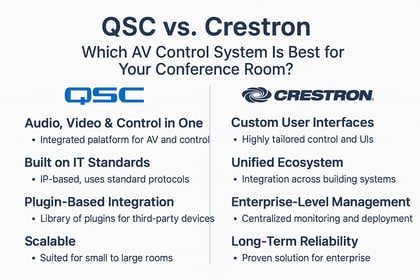
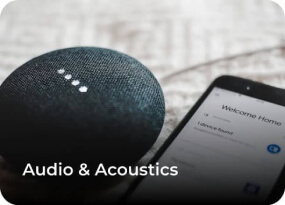
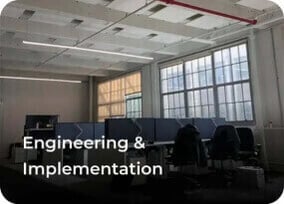
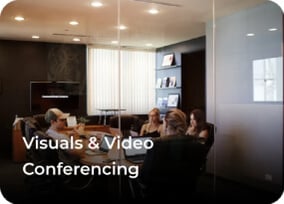
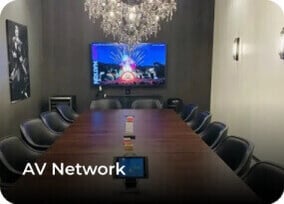
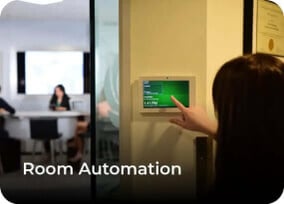

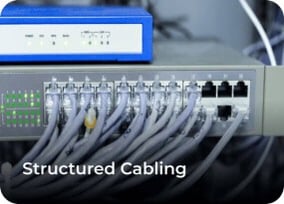

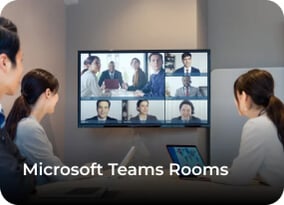
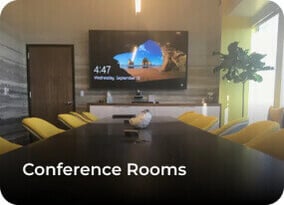
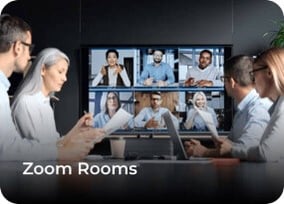
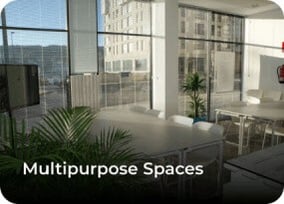
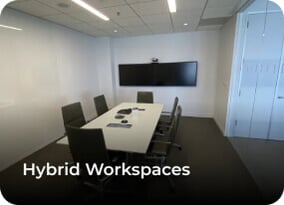
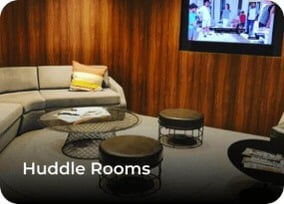

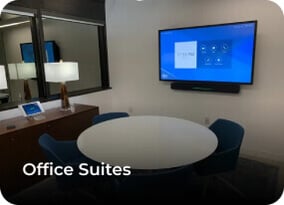
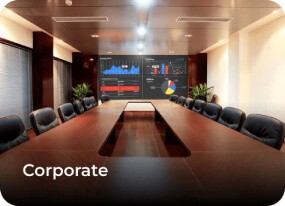



.jpg?width=429&height=437&name=6f841da3382c0b630a368cd49e878e05%20(1).jpg)